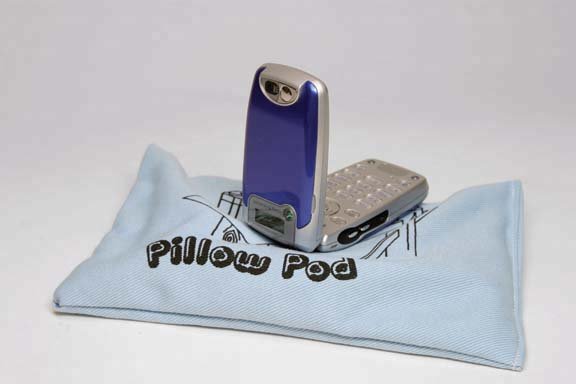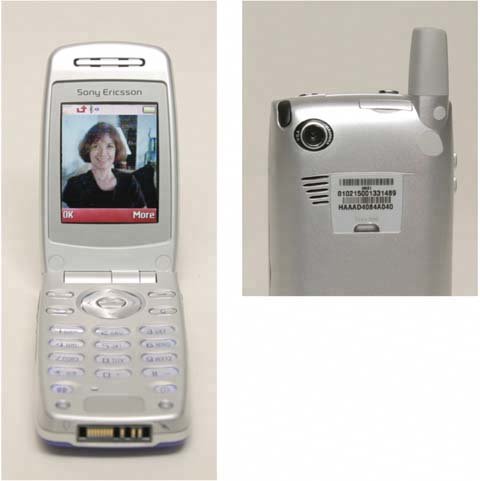Section 3.19. Cameraphone Photography
3.19. Cameraphone PhotographyThere's an old photographer's saying: the best camera is the one you have with you. The day you're faced with a photo op and your multi-megapixel wonder machine is stashed in your sock drawer at home, you'll be thankful if there's a cameraphone in your pocketa cellphone with a tiny, built-in lens that takes tiny, built-in pictures. Of course, cameraphones don't have all of the whiz-bang settings that you've come to adore on your digicam, but you can still take perfectly good shots (see Figure 3-19). Here's a look at the most common cameraphone settings and how they can help you take better pictures.
Often, you'll want to use these settings in combination, like using night mode and a self-timer to take crisp indoor photos. Tip: One problem with cameraphones is that there's no tripod socket. How the heck do you compose your self-timer shots without a tripod? Figure 3-20 shows one option. Figure 3-20. How do you steady a camera that doesn't have a tripod socket? This beanbag chair for mobile phones is the perfect solution. For a mere $6, Porter's Camera Store (www.porterscamerastore.com) will ship you a nifty solution called the Pillow Pod. It's like a beanbag chair for your cameraphone. As simple as it sounds, the Pillow Pod lets you align your phone for just the right composition when using the self-timer. You're probably not going to win any photo contests taking pictures this way. But in a pinch , at least now you know how to squeeze every drop of quality from the one camera you'll always have with you. All that's left is figuring out how to get the pictures to your Mac, so you can drag them into iPhoto. Most people manage either by emailing the photos to themselves (right off the phone), transferring them via a wireless Bluetooth connection (to a Mac laptop, for example), oron cellphones that have tiny memory cardstransferring the card to a card reader hooked up to the computer. |
EAN: 2147483647
Pages: 183
